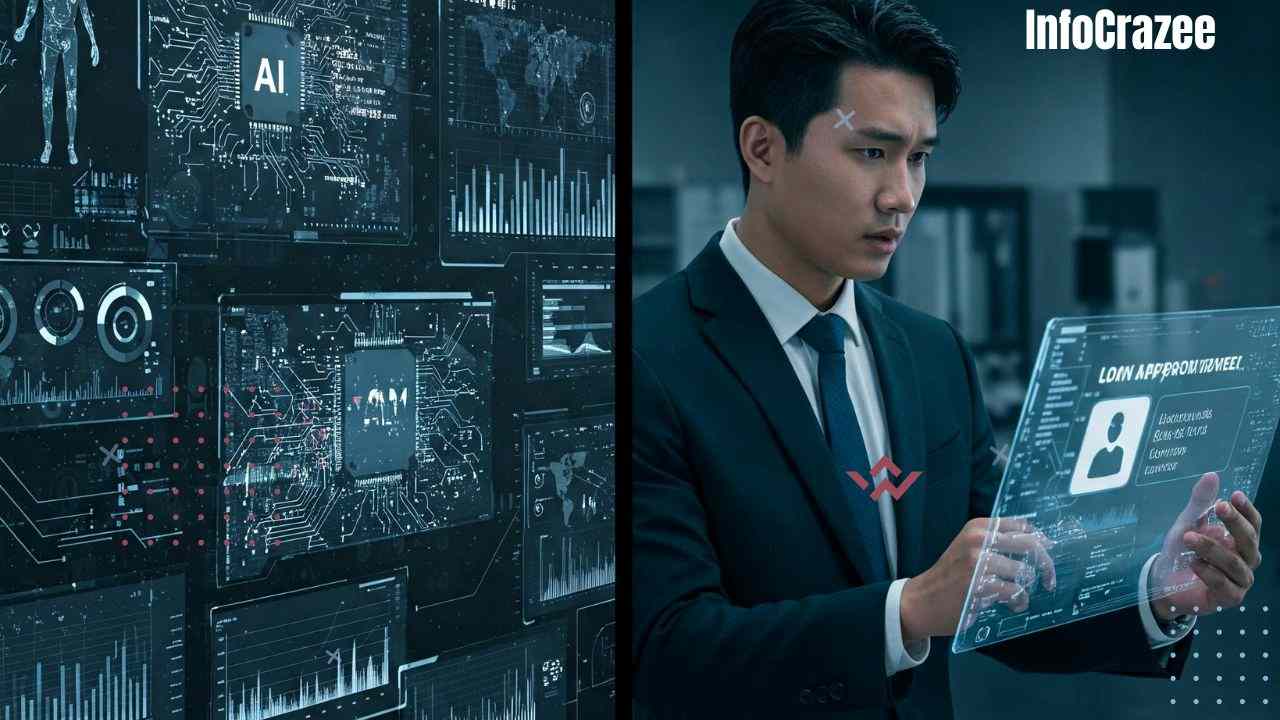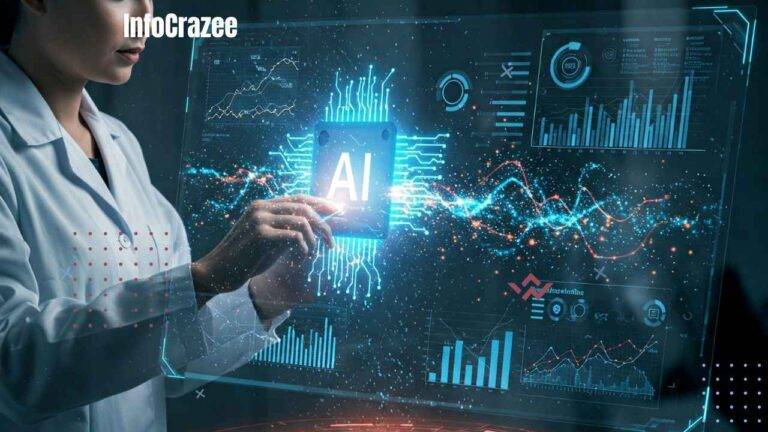Understanding the Ethical Challenges of AI in Decision-Making: What You Need to Know
AI is everywhere these days, helping us make decisions in everything from choosing what to watch on Netflix to deciding who gets a loan. But as AI takes on more responsibilities in decision-making, it brings up some serious ethical questions. Whether it’s deciding who gets hired for a job or who gets approved for a mortgage, AI is increasingly involved in making choices that affect people’s lives.
In this article, we’re going to break down the ethical challenges of AI in decision-making in a way that’s easy to understand and relatable. If you’ve ever wondered what goes into those decisions and why they matter, you’re in the right place!
What Does AI Decision-Making Mean?
Before we jump into the ethical challenges, let’s quickly talk about what we mean by AI decision-making. Simply put, it’s when AI systems are used to help or completely make decisions based on data. These systems analyze vast amounts of information and use algorithms to predict outcomes or suggest actions.
Examples of AI in Decision-Making
- Hiring and Recruitment: AI is used to screen resumes and even decide who gets an interview.
- Loan Approvals: Banks use AI to decide who gets a loan and what interest rate they’ll pay.
- Healthcare: AI helps doctors diagnose illnesses or recommend treatments based on patient data.
- Criminal Justice: Some courts use AI to assess the risk of a defendant re-offending when setting bail.
Why Ethical Concerns Are Growing
AI is doing some pretty amazing things, but the more it’s involved in decisions that can shape people’s futures, the more ethical issues arise. Let’s look at the key challenges that come with AI making decisions.
1. Bias in Algorithms
One of the most talked-about ethical challenges is bias. Since AI systems are trained on data, they can inherit biases that exist in that data. For example, if a hiring AI is trained on data from past hiring decisions, and those decisions were biased against certain groups (e.g., women or minorities), the AI might continue those biases in future decisions.
Real-World Example:
Imagine an AI system used by a company to screen job applications. If the system was trained on past data where most applicants were men, it might unfairly rank women’s resumes lower, even though they are just as qualified.
2. Lack of Transparency
AI systems are often described as “black boxes.” This means that it’s hard for people to understand how the system made its decision. When you’re dealing with something as important as your job or your finances, you want to know why a decision was made. Unfortunately, many AI systems don’t offer this kind of clarity, which can be frustrating and even dangerous.
Real-World Example:
Imagine applying for a loan and getting rejected by an AI system, but you have no idea why. It’s hard to challenge the decision when you don’t know what went wrong.
3. Accountability Issues
Who’s responsible when an AI makes a bad decision? Is it the company that created the AI, the person who used it, or the AI itself? This is a grey area, and it’s one of the main ethical challenges in AI. If an AI system makes a mistake, like denying a loan to someone who deserves it, it’s tough to figure out who should be held accountable.
Real-World Example:
In the criminal justice system, if an AI system wrongly predicts that someone is likely to re-offend and they end up serving a longer sentence, who takes responsibility? The developers? The courts? It’s not always clear.
4. Loss of Human Judgment
AI can make decisions faster and more efficiently than humans, but that doesn’t mean it’s always the best choice. Human judgment takes into account things like empathy, context, and morality—things that AI can struggle to understand. Relying too heavily on AI might mean we lose those human touches in decision-making.
Real-World Example:
AI in healthcare might suggest a treatment plan based on data, but a doctor might know that the patient’s circumstances—like their emotional wellbeing or financial situation—should play a role in the decision too.
What Can Be Done to Address These Challenges?
Now that we understand the main ethical concerns, let’s talk about how we can address them. There’s no one-size-fits-all solution, but there are steps we can take to make sure AI is used in a fair and transparent way.

1. Improving Data Quality
To reduce bias in AI, we need to make sure that the data used to train AI systems is diverse, inclusive, and representative of all people. This means using data that reflects different races, genders, and backgrounds, and avoiding outdated or biased datasets.
2. Making AI More Transparent
Developers and companies need to be more open about how AI systems make decisions. This could mean explaining the algorithms behind the decisions and making it easier for people to understand how their data is being used.
3. Creating Clear Accountability Guidelines
There needs to be a clear line of responsibility when it comes to AI decision-making. Companies should be held accountable for the decisions made by their AI systems, and there should be a process for appealing decisions that seem unfair or unjust.
4. Human Oversight
While AI can be a powerful tool, it’s important that human judgment is still a part of the decision-making process. AI should be seen as a tool that supports decision-making, not a replacement for it. There should always be a human in the loop to review and adjust decisions when necessary.
FAQs
1. Can AI be truly unbiased?
It’s difficult for AI to be 100% unbiased because it relies on data, and that data can have biases built into it. However, with careful training and better data practices, we can work towards making AI less biased.
2. How can I know if an AI decision is fair?
It can be tough, but some companies are working on making AI more transparent. Look for businesses that explain how their AI systems work and allow people to appeal decisions made by AI.
3. Who is responsible when an AI makes a mistake?
This is still being debated, but generally, the company or organization that uses the AI is responsible. Clear guidelines are needed to ensure accountability in these situations.
Conclusion
AI is changing the way decisions are made in many areas of our lives, and while it offers some amazing benefits, it also presents some serious ethical challenges. By being aware of these issues and pushing for better practices, we can help ensure that AI is used in a way that’s fair, transparent, and responsible. At infocrazee, we believe it’s important to keep these conversations going as AI continues to shape our future.






